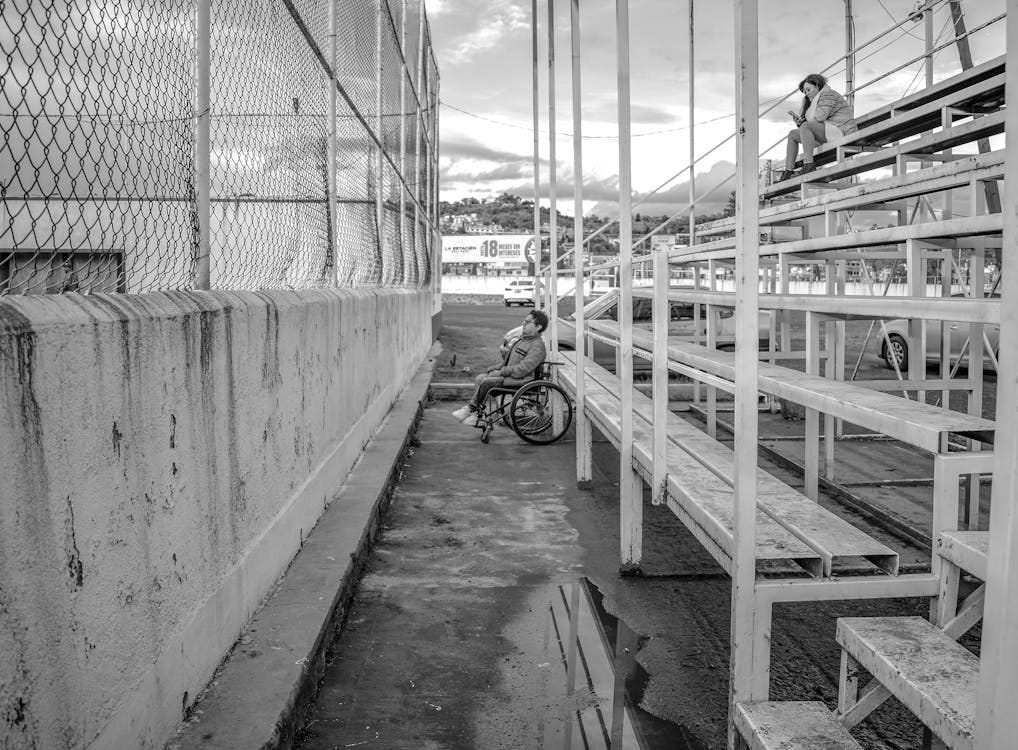
There’s a particular rhythm to working in digital accessibility. You bring up an issue - say, a form with no labels - and people nod. “Good catch,” someone says. “We’ll get that sorted.” And then nothing happens. A sprint passes. Then two. The issue lingers like a post-it note curling at the edges. Everyone agrees it matters. Just… not as much as the other things. Not quite enough to act.
It’s not exhaustion, exactly. It’s more of a slow, simmering frustration - the kind that builds up after explaining the same thing for the twelfth time in as many months. The same fixes, the same conversations, the same overlooked users. There's something oddly surreal about it: pointing out clear, documented barriers to inclusion, and being met with enthusiasm and inertia in equal measure.
I don’t think it’s a lack of care. Most teams I’ve worked with genuinely want to do the right thing - it’s just that accessibility often gets squeezed out by louder, more immediate priorities. If anything, they’re too busy caring about a hundred other things - security, SEO, KPIs, the ever-growing backlog monster looming behind every project. And in all that noise, accessibility quietly slips to the edges. And let’s be honest - it’s hard to get people excited about edges.
But that’s exactly the problem.
Because when accessibility becomes a “we’ll get to it later” issue, it never really arrives. It becomes a checkbox. Something we sprinkle on before launch so we can say we tried. But trying isn’t the same as committing. It’s the difference between remembering to add alt text and actually designing with blind users in mind from the start. One is decoration. The other is culture.
And changing culture? That’s the long game. That’s where the repetition comes in.
You repeat yourself not because people are dense, but because habits are stubborn. Because some folks still think accessibility is someone else’s job. Because it’s easy to assume that if a page looks clean, it is accessible. And because the tools - automated scanners, overlays, that one Chrome plugin everyone swears by - give a false sense of completion. (Spoiler: they miss things. Important things.)
What keeps me going isn’t inspiration. It’s a mild irritation, oddly enough. That low-level itch that flares up every time I see a keyboard trap, or an invisible link, or a modal that slams the door shut on assistive tech. It’s knowing we can do better - and wondering why we keep pretending that “good enough” ever was.
And yes, occasionally it is satisfying. When a designer genuinely wants to understand reading order. When a dev asks about semantic HTML without prompting. When someone finally realises why "Click here" is terrible UX. These are small wins, but they matter. They mean the conversation is shifting - slowly, inconsistently, but shifting all the same.
I think the real antidote to accessibility fatigue isn’t motivation. It’s shared responsibility. When the weight is distributed, it gets lighter. When the designer, the copywriter, the tester, the product lead all see accessibility as part of their craft - not an afterthought - it stops being a chore and starts being what it always should’ve been: part of making good stuff for people.
People, after all, aren’t edge cases. They’re the whole point.
Written by Stu Collett – web veteran & recovering perfectionist.
Enjoying The Byte Stuff? You can subscribe for free to get future posts by email – no spam, no pressure, just occasional digital reflections.

